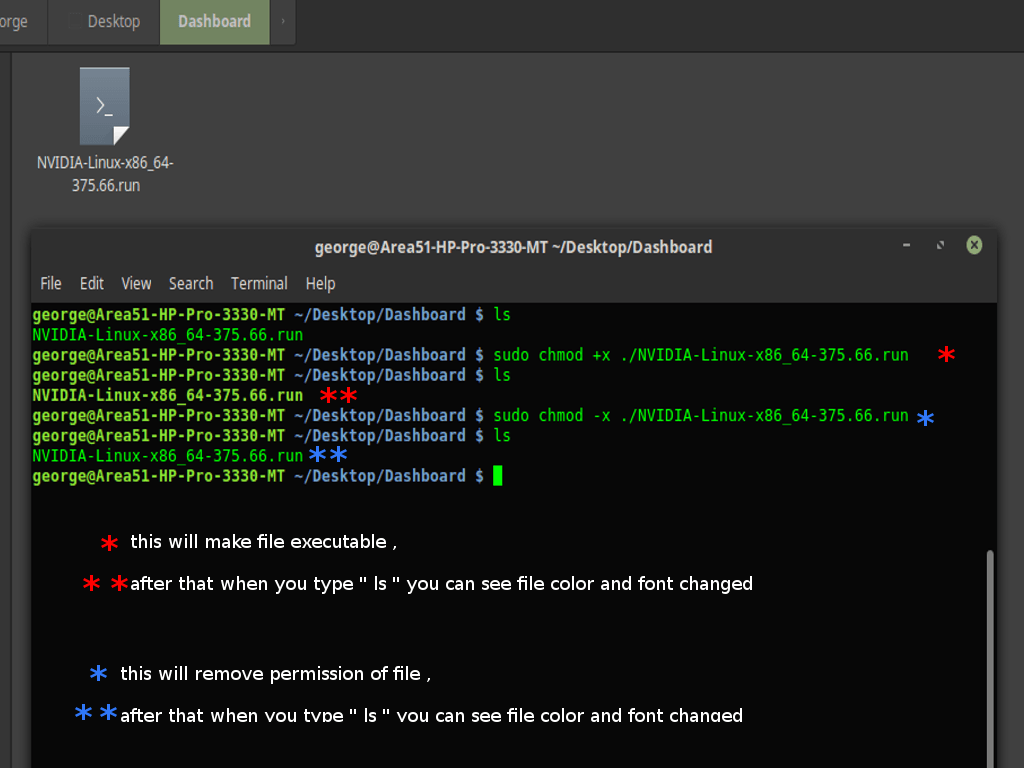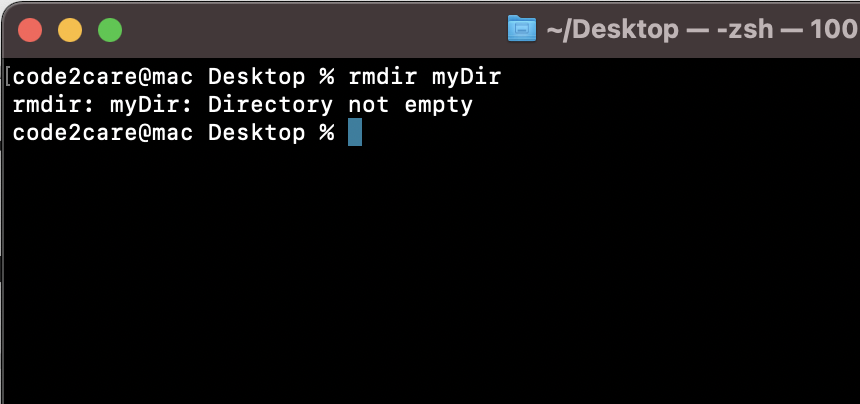
- #Mac terminal commands open file how to
- #Mac terminal commands open file for mac
- #Mac terminal commands open file install
- #Mac terminal commands open file full
- #Mac terminal commands open file free
NOTE: You may need to replace Sublime\ Text.app in the command above to Sublime\ Text\ 3.app or Sublime\ Text\ 2.app depending upon where the application is stored in your Applications directory. I used these steps to get it to work:įirst, navigate to a small folder in Terminal that you want ST to open and enter the following command: /Applications/Sublime\ Text.app/Contents/SharedSupport/bin/subl. It can help you create find missing data, and provide immediate access to it once again.I finally got this to work on my OSX box. When you want to recover deleted files on your computer, Mac Terminal is a useful resource. A preview feature even lets you see if the information is what you hope to restore through these efforts.
#Mac terminal commands open file full
You don’t need to worry about knowing the full file name precisely because the recovery software displays that information for you to see.
#Mac terminal commands open file for mac
Programs like Disk Drill for Mac can scan your drive, locate the files, and make it restorable in a few clicks. When you discover that the files aren’t returning as expected, a third-party software solution is your best option. Sometimes when i want people to think im busy ill just pull up terminal on my mac and type in a bunch of commands - comrade butthead January 24, 2021 For example, you might have typed “cd.trash” instead of “cd. If you have the file name correct, there could be an issue with the commands used to create results.Ĭopying the commands from a website into Mac Terminal only works when the correct spacing and symbols get used. ⚠️ You won’t be able to recover lost files with Terminal if you have emptied the Trash, deleted files from the Trash with Delete Immediately, or used the Option + Shift + Command + Delete keystroke combination. If Time Machine was active before the data loss incident took place, then it’s very likely that your files are safely backed up on your Time Machine backup disk, and you can restore with a few clicks.Īpple offers complete instructions to help you restore your Mac from a Time Machine backup. If the three data recovery methods described above has delivered the results you were hoping for, then there’s still some hope left because all Macs come with built-in backup software called Time Machine. Method 4: Use a recent Time Machine backup
#Mac terminal commands open file how to
#Mac terminal commands open file install
It then takes just one more command it install TestDisk itself: brew install testdiskĮven though TestDisk is a command-line software application, it offers a straightforward step-by-step data recovery process that can be summarized in just a few steps: To do that, just enter the following command in Terminal: /bin/bash -c "$(curl -fsSL )"

#Mac terminal commands open file free
What you need is specialized partition recovery and repair software like TestDisk, which runs directly in the Terminal app.īefore you can install TestDisk, you first need to install Homebrew, a free and open-source software package management system for macOS. When dealing with damaged or lost partitions, simple Terminal commands are not enough to save the day. Method 3: Restore lost partitions with TestDisk Method 2: Recover deleted files with data recovery software. If it doesn’t show up in the prompt window, use the search bar with its name to locate it. You should see the deleted file in Finder. You must use the full file name in the command line for this technique to work. You’ll now type ls -al ~/.Trash to view the contents of your Trash folder.After opening Terminal through your Utilities on Mac, type the following command: cd.Method 1: Restore deleted files from Trash by using Mac Terminal These four techniques can help you have a successful experience. When you need to recover deleted files quickly, Mac Terminal is one of the best options to choose. How to Recover Deleted Files Using Mac Terminal Even most of the commands are the same, although you’ll see more periods than frontslahes or backslashes in each one.

If you’re familiar with MSDOS or UNIX operating systems, the emulator functions similarly. It can help you open applications, open files using a text editor or specific app, and recover accidentally deleted files. 💡 Mac Terminal is useful for several commands.


 0 kommentar(er)
0 kommentar(er)
